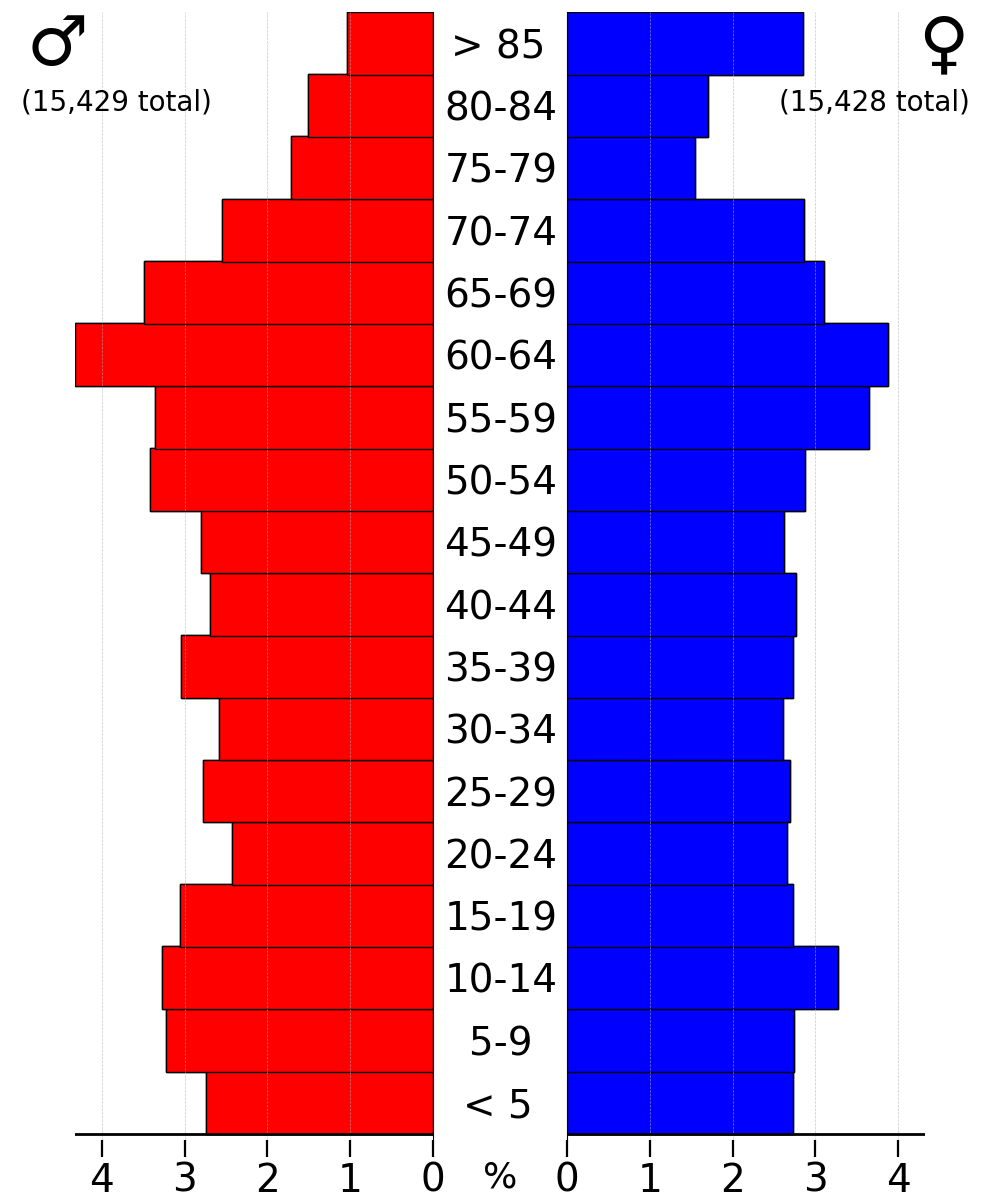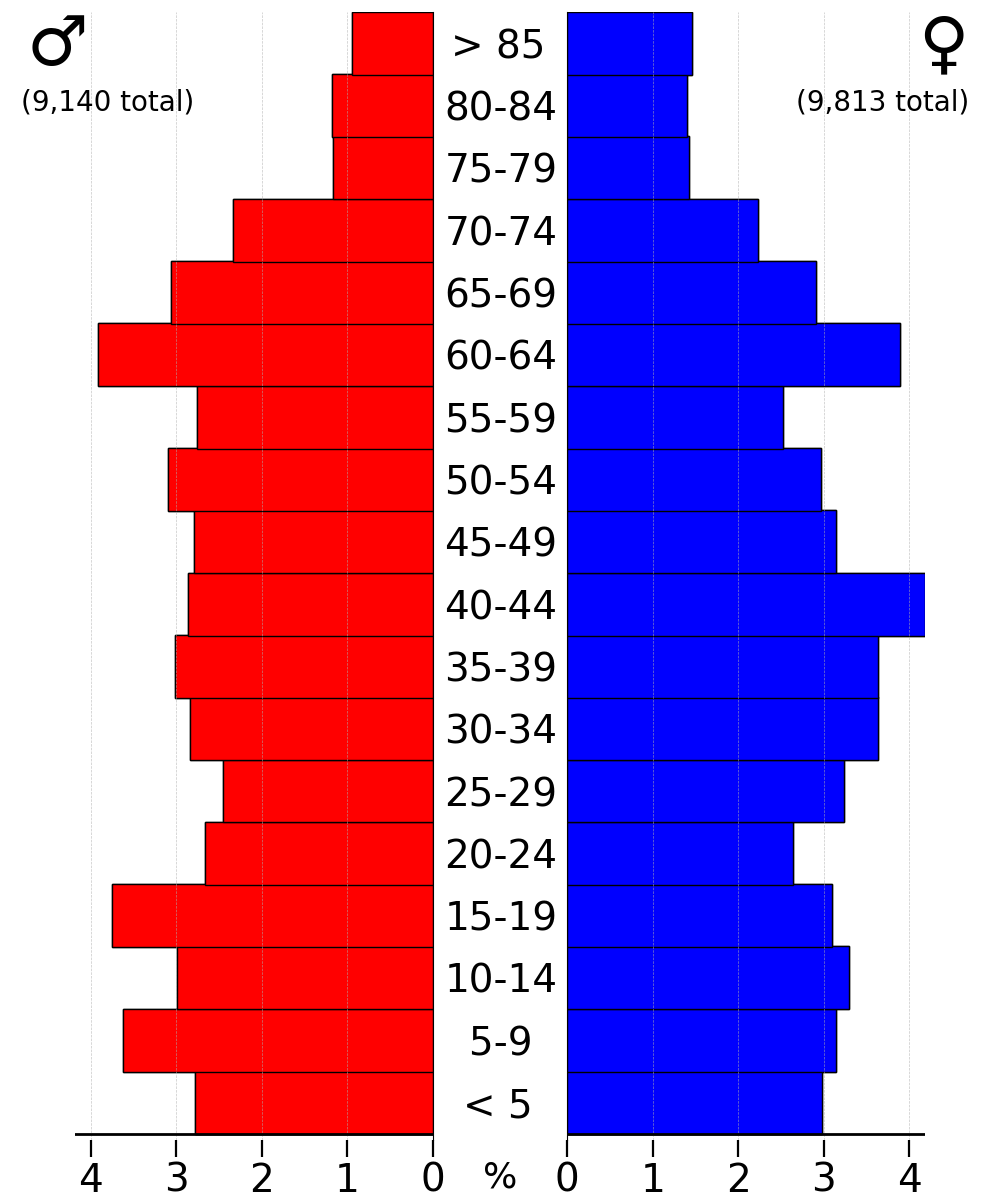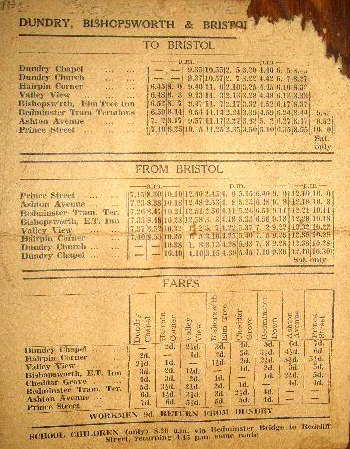|
Southern Minnesota Area Rural Transit
Southern Minnesota Area Rural Transit (SMART) is a provider of mass transportation in Freeborn, Mower, Steele, and Waseca counties in Minnesota, with deviated fixed-routes serving the major cities, as well as demand-response service across the counties. The service is operated by Cedar Valley Services, Inc. In 2019 the system provided 272,878 rides over 62,048 annual vehicle revenue hours with 13 buses and 15 paratransit vehicles. History SMART transit began in January 2014 through the consolidation of transit agencies in Freeborn, Mower and Steele counties. SMART transit service in Waseca began on January 2, 2016. On January 2, 2019, the intercity shuttle service between Albert Lea and Austin was launched after the approval of a state grant to fund the service. In 2022, SMART purchased an electric bus for service in Owatonna, the first in the fleet. Replacing a single fossil fuel powered bus will allow the agency to save 2,000-4,000 gallons of fuel each year. SMART reached ... [...More Info...] [...Related Items...] OR: [Wikipedia] [Google] [Baidu] [Amazon] |
|
 |
Albert Lea, Minnesota
Albert Lea ( ) is a city in Freeborn County, Minnesota, Freeborn County, in southern Minnesota. It is the county seat. Its population was 18,492 at the 2020 United States census, 2020 census. The city is at the junction of Interstates Interstate 35 in Minnesota, 35 and Interstate 90 in Minnesota, 90, about south of the Minneapolis-St. Paul, Twin Cities. It is on the shores of Fountain Lake, Pickerel Lake, Albert Lea Lake, Goose Lake, School Lake, and Lake Chapeau. Fountain Lake and Albert Lea Lake are part of the Shell Rock River flowage. The city's early growth was based on agriculture, farming support services and manufacturing, and it was a significant rail center. At one time it was the site of Cargill's headquarters. Other manufacturing included Edwards Manufacturing Company, Edwards Manufacturing (barn equipment), Scotsman Ice Machines, Streater Store fixtures, and Universal Milking Machines. As in many U.S. cities, Albert Lea's manufacturing base has substantially dimi ... [...More Info...] [...Related Items...] OR: [Wikipedia] [Google] [Baidu] [Amazon] |
 |
Austin, Minnesota
Austin is a city in and the county seat of Mower County, Minnesota, United States. The population was 26,174 at the 2020 United States census, 2020 census. The town was originally settled along the Cedar River (Iowa River), Cedar River and has two artificial lakes, East Side Lake and Mill Pond. It was named for Austin R. Nichols, the area's first European settler. It is part of the Rochester metropolitan area, Minnesota, Rochester, Minnesota metropolitan area. Hormel Foods Corporation is Austin's largest employer, and the city is sometimes called "SPAM Town USA". Austin is home to Hormel's corporate headquarters, a factory that makes most of North America's SPAM (food), SPAM tinned meat, and the Spam Museum. Austin is also home to the Hormel Institute, a leading cancer research institution operated by the University of Minnesota with significant support from the Mayo Clinic. History Fertile land, trapping, and ease of access brought first trappers and then the early pioneers ... [...More Info...] [...Related Items...] OR: [Wikipedia] [Google] [Baidu] [Amazon] |
|
Owatonna, Minnesota
Owatonna ( ) is a city in and the county seat of Steele County, Minnesota, United States. The population was 26,420 at the 2020 United States census, 2020 census. Owatonna is home to the Steele County Fairgrounds, which hosts the Steele County Free Fair in August. Interstate 35 in Minnesota, Interstate 35 and U.S. Highways U.S. Route 14 in Minnesota, 14 and U.S. Route 218#Minnesota, 218 are three of the main routes in the city. History Whites settled in the Owatonna area in 1853 around the Straight River (southern Minnesota), Straight River. Most of the white settlers were Yankee, Yankees from New England and Upstate New York The community was named after the Straight River,Upham, Warren (reprint, 2001)Minnesota Place Names: A Geographical Encyclopedia/ref> which in the Dakota language is ''Wakpá Owóthaŋna''. A popular, but apocryphal, story is that the town is named after "Princess Owatonna", the daughter of local Native American Chief Wabena who was supposedly healed by a ... [...More Info...] [...Related Items...] OR: [Wikipedia] [Google] [Baidu] [Amazon] |
|
 |
Waseca, Minnesota
Waseca ( ) is a city in Waseca County, Minnesota, Waseca County, Minnesota, United States. The population was 9,229 at the 2020 United States census, 2020 census. It is the county seat. Geography According to the United States Census Bureau, the city has an area of ; is land and is water. Climate Demographics 2010 census As of the 2010 United States census, census of 2010 census, there were 9,410 people, 3,504 households, and 2,150 families living in the city. The population density was . There were 3,818 housing units at an average density of . The racial makeup of the city was 89.0% White (U.S. Census), White, 3.7% African American (U.S. Census), African American, 1.5% Native American (U.S. Census), Native American, 1.0% Asian (U.S. Census), Asian, 2.3% from Race (U.S. Census), other races, and 2.5% from two or more races. Hispanic (U.S. Census), Hispanic or Latino (U.S. Census), Latino of any race were 9.0% of the population. There were 3,504 households, of which 30.9 ... [...More Info...] [...Related Items...] OR: [Wikipedia] [Google] [Baidu] [Amazon] |
 |
Freeborn County, Minnesota
Freeborn County is a county in the state of Minnesota. As of the 2020 census, the population was 30,895. Its county seat is Albert Lea. Freeborn County comprises the Albert Lea Micropolitan Statistical Area. History Freeborn County was created on February 20, 1855, the territory being separated from Blue Earth and Rice Counties. Twelve other Minnesota counties were created the same day by the Minnesota Territorial Legislature. Freeborn County was named for William Freeborn, an early Minnesota pioneer, merchant, and territorial legislator. Geography Freeborn County lies on Minnesota's border with Iowa. The Shell Rock River flows southward from Albert Lea Lake in central Freeborn County, crossing into Iowa. Turtle Creek flows eastward through the upper eastern part of the county, crossing into Mower County. The terrain is hilly and etched with drainages and gullies. The Le Sueur River, a tributary of the Minnesota River, begins in the northern part of the county and flows ... [...More Info...] [...Related Items...] OR: [Wikipedia] [Google] [Baidu] [Amazon] |
 |
Mower County, Minnesota
Mower County () is a county in the U.S. state of Minnesota. As of the 2020 census, the population was 40,029. The county seat is Austin. Mower County comprises the Austin Micropolitan Statistical Area and is included in the Rochester-Austin Combined Statistical Area. Lake Louise State Park is in southeastern Mower County, near Le Roy. History The federal government established Wisconsin Territory effective July 3, 1836, and included what is now Minnesota, until its eastern portion was granted statehood (as Wisconsin) in 1848. Congress established the Minnesota Territory effective March 3, 1849. The newly organized territorial legislature created nine counties across the territory in October of that year. Two of the original counties, Dakota and Wabashaw (later Wabasha), had portions reassigned on March 5, 1853, to create Rice County. In 1852, Jacob McQuillin's family settled in southern Rice County, beginning a settlement movement that rapidly grew. On February 20, ... [...More Info...] [...Related Items...] OR: [Wikipedia] [Google] [Baidu] [Amazon] |
 |
Steele County, Minnesota
Steele County is a county in the U.S. state of Minnesota. As of the 2020 census, the population was 37,406. Its county seat is Owatonna. Steele County comprises the Owatonna Micropolitan Statistical Area. History The county was created by the Minnesota Territory legislature on February 20, 1855, using areas partitioned from Rice, Blue Earth, and Le Sueur counties. Owatonna, the settlement of which had commenced in 1854, was named the county seat. The county was named for Franklin Steele, a prominent early resident of the territory. Geography The Straight River rises in Freeborn County and flows northward through the central part of Steele County, continuing into Rice County on the north. The South Branch of the Middle Fork of the Zumbro River rises in Steele County and flows eastward into Dodge County. The county terrain consists of low rolling hills, etched with drainages, completely devoted to agriculture where possible. The terrain slopes to the east and north, wi ... [...More Info...] [...Related Items...] OR: [Wikipedia] [Google] [Baidu] [Amazon] |
 |
Waseca County, Minnesota
Waseca County () is a County (United States), county in the U.S. state of Minnesota. As of the 2020 United States census, 2020 census, the population was 18,968. Its county seat is Waseca, Minnesota, Waseca. History In 1849, the newly organized Minnesota Territory legislature authorized nine counties across the territory. One of those, Dakota County, Minnesota, Dakota, was partially subdivided in 1853 to create Blue Earth County, Minnesota, Blue Earth, Le Sueur County, Minnesota, Le Sueur, and Rice County, Minnesota, Rice counties. In 1855, parts of those counties were partitioned to create Steele County, Minnesota, Steele. On February 27, 1857, the territorial legislature authorized partitioning western Steele County to create Waseca County, with its seat at Wilton, a settlement which began in 1854. The county name was taken from the area's first farming settlement, started in 1855, near the present location of Waseca, Minnesota, the city of Waseca. That settlement name came fr ... [...More Info...] [...Related Items...] OR: [Wikipedia] [Google] [Baidu] [Amazon] |
 |
Bus Service
Public transport bus services are generally based on regular operation of transit buses along a route calling at agreed bus stops according to a published public transport timetable. History of buses Origins While there are indications of experiments with public transport in Paris as early as 1662, there is evidence of a scheduled "bus route" from Market Street in Manchester to Pendleton in Salford UK, started by John Greenwood in 1824. Another claim for the first public transport system for general use originated in Nantes, France, in 1826. , a retired army officer who had built public baths using the surplus heat from his flour mill on the city's edge, set up a short route between the center of town and his baths. The service started on the Place du Commerce, outside the hat shop of a M. Omnès, who displayed the motto ''Omnès Omnibus'' (Latin for "everything for everybody" or "all for all") on his shopfront. When Baudry discovered that passengers were just as in ... [...More Info...] [...Related Items...] OR: [Wikipedia] [Google] [Baidu] [Amazon] |
 |
Demand Responsive Transport
Demand-responsive transport (DRT), also known as demand-responsive transit, demand-responsive service, US National Transit Database Dial-a-Ride transit (sometimes DART), flexible transport services,CONNECT is a Coordination Action in the Sustainable Development Thematic Area of the European Union's 6th Framework Program, successfully ended on December 2005 Microtransit,What ... [...More Info...] [...Related Items...] OR: [Wikipedia] [Google] [Baidu] [Amazon] |
 |
Mass Transportation
Public transport (also known as public transit, mass transit, or simply transit) are forms of transport available to the general public. It typically uses a fixed schedule, route and charges a fixed fare. There is no rigid definition of which kinds of transport are included, and air travel is often not thought of when discussing public transport—dictionaries use wording like "buses, trains, etc." Examples of public transport include city buses, trolleybuses, trams (or light rail) and passenger trains, rapid transit (metro/subway/underground, etc.) and ferries. Public transport between cities is dominated by airlines, coaches, and intercity rail. High-speed rail networks are being developed in many parts of the world. Most public transport systems run along fixed routes with set embarkation/disembarkation points to a prearranged timetable, with the most frequent services running to a headway (e.g., "every 15 minutes" as opposed to being scheduled for a specific time of the ... [...More Info...] [...Related Items...] OR: [Wikipedia] [Google] [Baidu] [Amazon] |
|
Deviated Fixed-route
Deviation may refer to: Mathematics and engineering * Allowance (engineering), an engineering and machining allowance is a planned deviation between an actual dimension and a nominal or theoretical dimension, or between an intermediate-stage dimension and an intended final dimension. * Deviation (statistics), the difference between the value of an observation and the mean of the population in mathematics and statistics ** Standard deviation, which is based on the square of the difference ** Absolute deviation, where the absolute value of the difference is used ** Relative standard deviation, in probability theory and statistics is the absolute value of the coefficient of variation * Deviation of a local ring in mathematics * Deviation of a poset in mathematics * Frequency deviation, the maximum allowed "distance" in FM radio from the nominal frequency a station broadcasts at * Magnetic deviation, the error induced in compasses by local magnetic fields Albums * Deviation (Jayne ... [...More Info...] [...Related Items...] OR: [Wikipedia] [Google] [Baidu] [Amazon] |